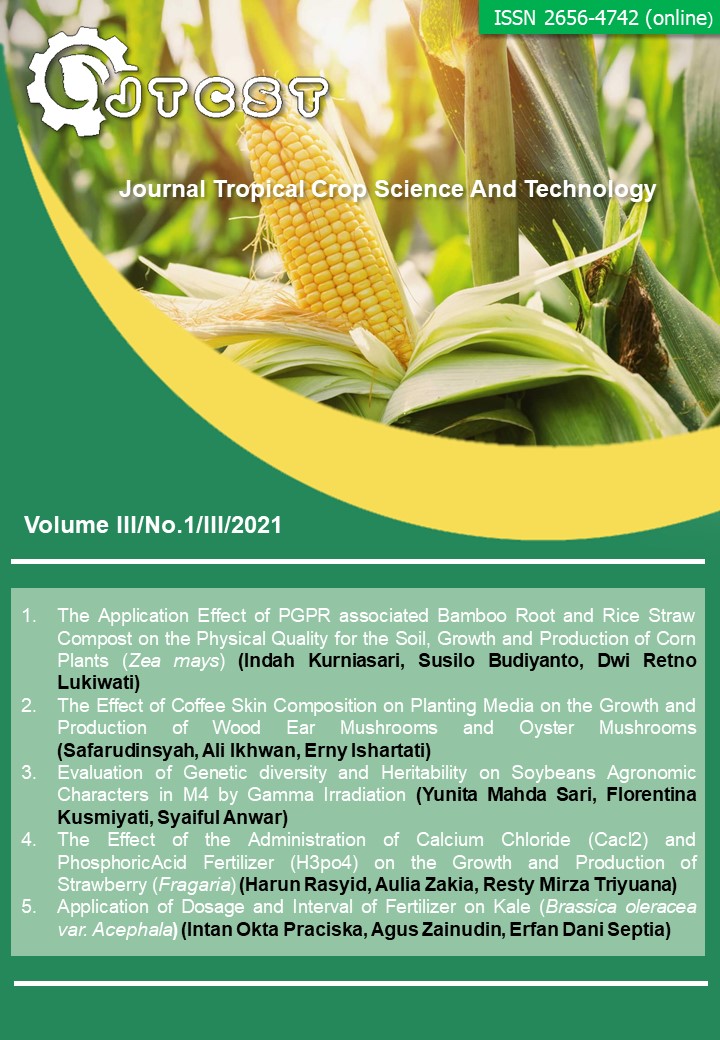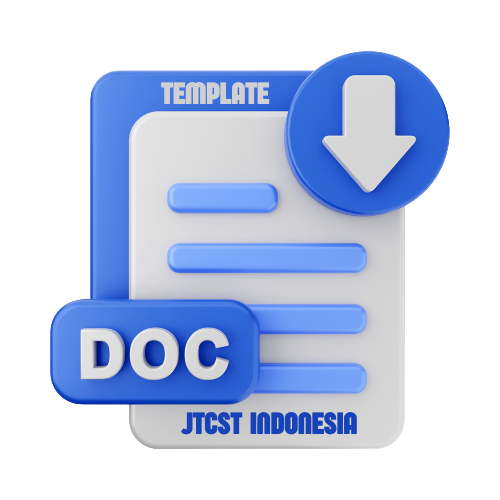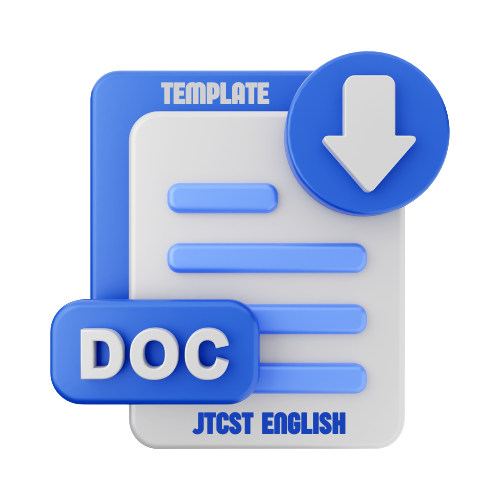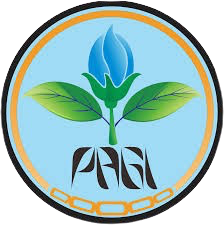Evaluation of Genetic Diversity and Heritability on Soybeans Agronomic Characters in M4 by Gamma Irradiation
DOI:
https://doi.org/10.22219/jtcst.v3i1.10538Keywords:
Heritability, Diversity, Mutation, SoybeanAbstract
The production of soybeans can be increase by breeding for tolerance soybeans at saline soil. Mutation by gamma rays is one of a breeding technique that can be modifiy plant's genetic. The soybeans that used was induced by gamma rays with dosis 160 Gy, 208 Gy, 256 Gy, 352 Gy, and 400 Gy. The research objective was to evaluate the genetic variability and heritability for some characters of M4 soybean mutations resulting from gamma irradiation mutations.The material used consisted of 18 genotypes of M4. This research was conducted at Agrotechopark, Faculty of Animal and Agricultural Science, Diponegoro University from July to November 2019. The experimental was arranged in a completely randomized design (CDR) monofactor with 18 genotypes of black soybeans and Detam-3 Prida as controls. The results showed that genetic diversity observed in the overall character of plants except flowering age, number of empty pods, weight of one seed, and weight of 100 grains. The result of heritability showed a high heritability on the parameters of plant height, age of harvest, total number of seeds, number of filled pods, total number of pods, total pod weight, and total seed weight. The value of moderate heritability is found on the parameters of the number of leaves, and then the low heritability is on the parameters of flowering age, number of empty pods, weight of 1 seed, and weight of 100 grains.
Downloads
References
Aisyah, S. S., S. I. H. Aswidinoor, A. Saefuddin, dan B. Marwoto. 2009. Induksi mutasi pada stek pucuk anyelir (Dianthus caryophhyllus Linn.) melalui iradiasi sinar gamma. J. Agronomi, 37 (1) : 62-70.
Alfarisi, S., D. S. Hanafiah, dan E. H. Kardhianata. Pengamatan paramater genetik pada generasi M3 tanaman kedelai (Glycine max L. Merril) berdasarkan tingkat kehijauan daun dan produksi tinggi. 6 (1) : 77-85.
Badan Pusat Statistik (BPS). 2017. Produksi Padi, Jagung dan Kedelai di Indonesia. Retrevied From http://www.bps.go.id (13 Februari 2019).
Barmawi, M., A. Yushardi, dan N. Sa'diyah. 2013. Daya waris dan harapan kemajuan seleksi karakter agronomi kedelai generasi F2 hasil persilangan antara Yellow Bean dan Taichung. J. Agrotek Tropika, 1 (1) : 20-24.
Handayani, T. dan I. M. Hidayat. 2012. Keragaman genetik dan heritabilitas beberapa karakter utama pada kedelai sayur dan implikasinya untuk seleksi perbaikan produksi. J. Hort. 22 (4) : 327-333
Kusuma, R., N. Sa’diyah, dan Y. Nurmiaty. 2016. Keragaman fenotipe dan heritabilitas kedelai (Glycine max L. Merrill) generasi F6 hasil persilangan Wilis x M1g2521. J. Penelitian Pertanian Terapan, 16 (2) : 85-93.
Nur, A., M. Azrai, dan M. J. Mejaya. 2016. Pembentukan Varietas Unggul Gandum di Indonesia. IAARD Press, Jakarta.
Oktavianus, G., D. S. Hanafiah, dan E. S. Bayu. 2019. Pengamatan parameter genetik kedelai [Glycine max (L.) Merril] generasi M4 pada kondisi optimum dan cekaman kekeringan. J. Pertanian Tropik, 6 (1):123-128.
Permadi, K. dan Y. Haryati. 2016. Pemberian pupuk N, P, K berdasarkan pengelolaan hara spesifik lokasi untuk meningkatkan produktivitas kedelai. J. Agrotop, 5 (1) : 1-8
Sibarani, I. B., R. R. Lahay, dan D. S. Hanafiah. 2015. Respon morfologi tanaman kedelai (Glycine max (L.) Merrill) varietas Anjasmoro terhadap beberapa iradiasi sinar gamma. J. Online Agroekoteknologi. 3 (2) : 515 – 526.
Syukur, M., S. Sujiprihati, R. Yunianti, dan K. Nida. 2010. Pendugaan komponen ragam, heritabilitas, dan korelasi untuk menentukan kriteria seleksi cabai (Capsicum annum L.) populasi F5. J. Hort. Indonesia, 1 (2) : 74-80.
Syukur, M., S. Sujiprihati, R. Yunianti. 2012. Teknik Pemuliaan Tanaman Penebar Swadaya, Jakarta.
Downloads
Published
How to Cite
Issue
Section
License
Copyright (c) 2021 Yunita Mahda Sari, Florentina Kusmiyati, Syaiful Anwar

This work is licensed under a Creative Commons Attribution-ShareAlike 4.0 International License.
Authors who publish with this journal agree to the following terms:
- Authors retain copyright and grant the journal right of first publication with the work simultaneously licensed under a Creative Commons Attribution License that allows others to share the work with an acknowledgement of the work's authorship and initial publication in this journal.
- Authors are able to enter into separate, additional contractual arrangements for the non-exclusive distribution of the journal's published version of the work (e.g., post it to an institutional repository or publish it in a book), with an acknowledgement of its initial publication in this journal.
- Authors are permitted and encouraged to post their work online (e.g., in institutional repositories or on their website) prior to and during the submission process, as it can lead to productive exchanges, as well as earlier and greater citation of published work (See The Effect of Open Access).











